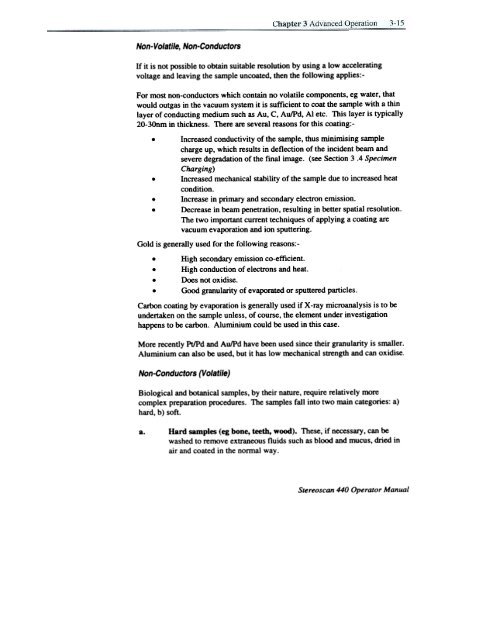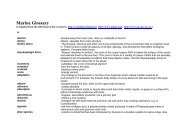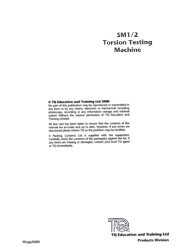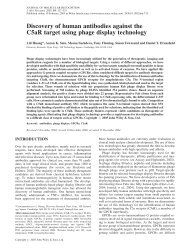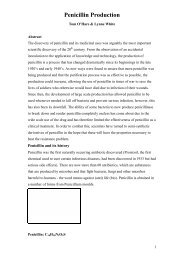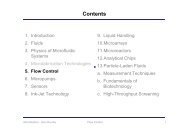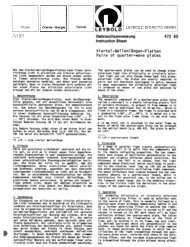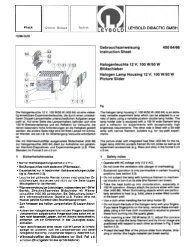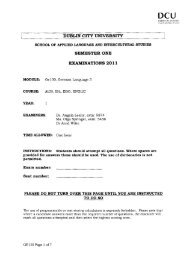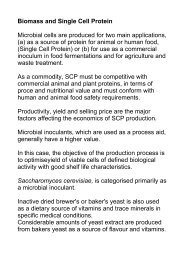Stereo Scan 440 - DCU
Stereo Scan 440 - DCU
Stereo Scan 440 - DCU
You also want an ePaper? Increase the reach of your titles
YUMPU automatically turns print PDFs into web optimized ePapers that Google loves.
Non-Volatile, Non-Conductors<br />
If it is not possible to obtain suitable resolution by using a low accelerating<br />
voltage and leaving the sample uncoated. then the following applies:-<br />
For most non-conductors which contain no volatile components, eg water, that<br />
would outgas in the vacuum system it is sufficient to coat the sample with a thin<br />
layer of conducting medium such as Au, C, Au/Pd. Al etc. This layer is typically<br />
20-3Onm in thickness. There are several reasons for this coating:-<br />
. Increased conductivity of the sample, thus minimising sample<br />
charge up, which results in deflection of the incident beam and<br />
severe degradation of the fmal image. (see Section 3 .4 Specimen<br />
Charging)<br />
. Increased mechanical stability of the sample due to increased heat<br />
condition.<br />
. Increase in primary and secondary electron emission.<br />
. Decrease in beam penetration, resulting in better spatial resolution.<br />
The two important current techniques of applying a coating are<br />
vacuum evaporation and ion sputtering.<br />
Gold is generally used for the following reasons:-<br />
High secondary emission co-efficient.<br />
High conduction of electrons and heat.<br />
. Does not oxidise.<br />
. Good granularity of evaporated or sputtered particles.<br />
Carbon coating by evaporation is generally used if X-ray microanalysis is to be<br />
undertaken on the sample unless, of course, the element under investigation<br />
happens to be carbon. Aluminium could be used in this case.<br />
More recently Pt/Pd and Au/Pd have been used since their granularity is smaller.<br />
Aluminium can also be used, but it has low mechanical strength and can oxidise<br />
Non-Conductors (Volatile)<br />
Biological and botanical samples, by their nature, require relatively more<br />
complex preparation procedures. The samples fall into two main categories: a)<br />
hard, b) soft.<br />
8.<br />
Hard samples (eg bone, teeth, wood). These, if necessary, can be<br />
washed to remove extraneous fluids such as blood and mucus, dried in<br />
air and coated in the normal way.<br />
<strong>Stereo</strong>scan <strong>440</strong> Operator Manual


